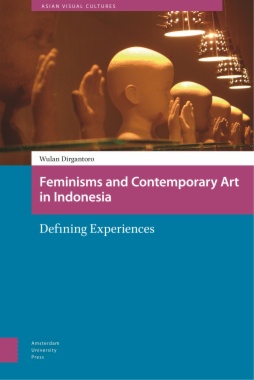

The Cost of Inaction for Young Children Globally is the summary of a workshop hosted by the Institute of Medicine Forum on Investing in Young Children Globally in April 2014 to focus on investments in young children and the cost of inaction. Participants explored existing, new, and innovative science and research from around the world to translate this evidence into sound and strategic investments in policies and practices that will make a difference in the lives of children and their caregivers. This report discusses intersections across health, education, nutrition, living conditions, and social protection and how investments of economic, natural, social, and other resources can sustain or promote early childhood development and well-being.